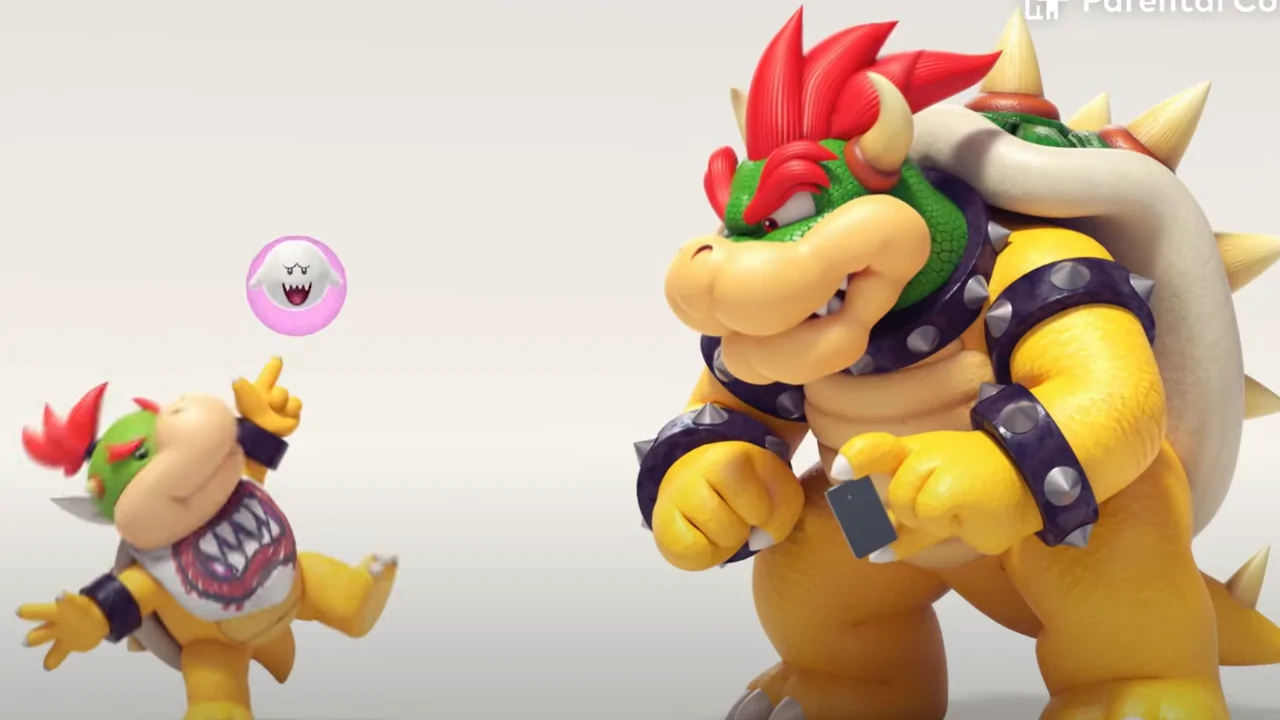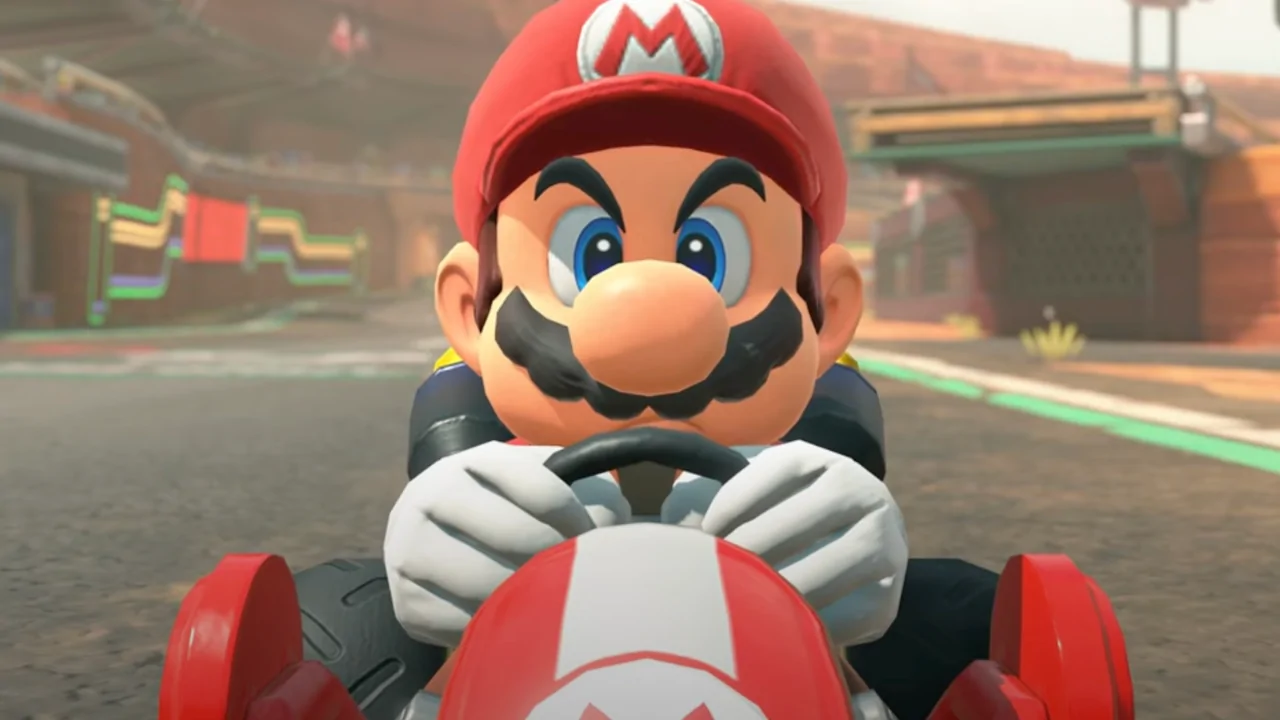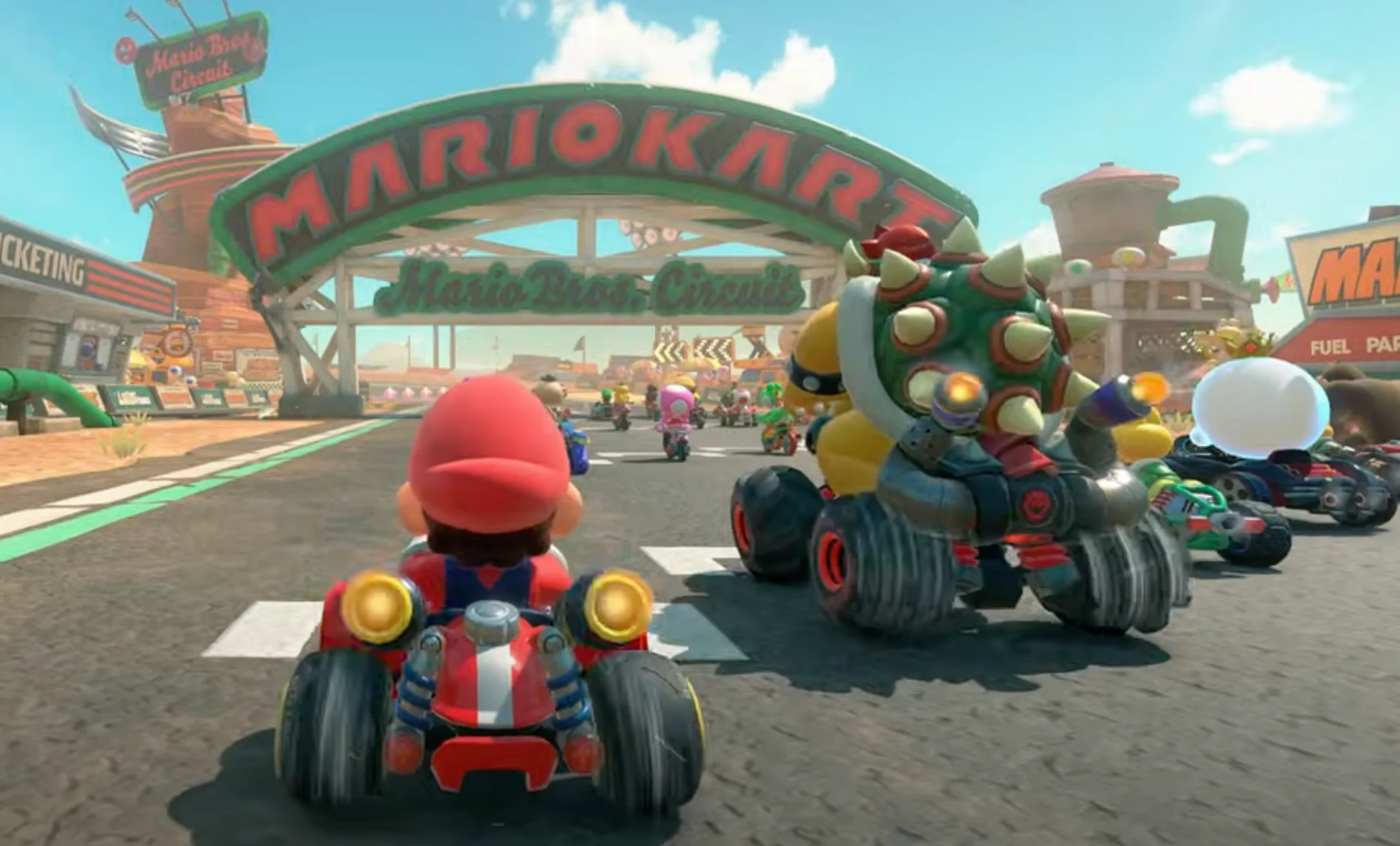
Nintendo is enhancing its focus on child safety within gaming by significantly upgrading its parental control system, perfectly timed as the Nintendo Switch 2 gains traction among younger users. The enhancements offer a variety of new tools designed to empower parents to monitor and manage how, when, and with whom their children engage in gameplay more effectively.
As video games offer fun, creativity, and sometimes educational benefits, a growing number of parents are inquiring about one important aspect: Is my child secure during gameplay due to concerns about extended screen time and unregulated online interactions?
It appears that Nintendo is tuning in to its users’ needs. Their revamped Nintendo Switch Family Controls app aims to assist families in managing the digital playground effectively, offering useful features without transforming the home into an authoritarian regime.
Screen Time with Boundaries, Not Battles
A notable aspect of this update is the option for parents to establish daily playtime limits for their kids, avoiding sudden interruptions or family disputes. Instead, the system delicately alerts players when their playtime is nearly over, whether they’re engaged in a thrilling online Mario Kart race and dodging bananas.
Each day on the calendar can be customized independently, providing more gaming opportunities on weekends or special days, while limiting gameplay during school nights for a balanced routine. If a child exceeds the set time limit, the parent has the ability to activate a safety measure that temporarily halts the system—a precaution Nintendo refers to as a “last resort.” The aim isn’t to punish but to foster good gaming habits. As one part of Nintendo’s marketing pitch suggests, this feature could serve as a reward for good behavior or simply be an option not to use.
Beyond monitoring playing duration, the application also creates summaries detailing the games played and their respective lengths. This detailed knowledge gives parents an insight into their child’s preferred gaming choices, facilitating more enlightened discussions about game material, suitability for age, and maintaining a healthy balance between screen time and other tasks.
The Game Chat Question
Parents often worry about screen time, but online conversations within games can be a particularly sensitive matter. Game chat, especially with unknown individuals, has historically been a pathway for bullying, offensive language, and even more severe risks. Nintendo’s approach doesn’t ignore these concerns yet avoids overcorrecting by taking a balanced stance on the issue.
On the Nintendo Switch 2, in order for children to utilize the Game Chat feature, parents should initially connect the parental control application with their child’s account. Once connected, only after a manual approval of potential friends will chat functionality be activated. In other words, without approval, there won’t be any chat. It couldn’t be more straightforward.
Nintendo goes an extra mile in video chat functionality. Every time a child wishes to utilize their camera for a call, prior approval from parents is required – there’s no permanent authorization that might be misused later. This fosters a deliberate conversation between families about safety, trust, and boundaries before the camera ever activates.
This app offers an extra level of privacy by enabling parents to adjust the camera’s focus during calls, ensuring only necessary areas are captured. For families opting out of video chats, Nintendo gives parents the option to completely disable this feature. A log of chat history is also provided, recording who your child interacted with and for how long, offering increased transparency regarding online activities.
Practical Safety Over Panic
Nintendo’s approach is unique due to its tone, which differs from other platforms that often resort to fear-based marketing. Rather than focusing on fear, this launch promotes collaboration and pragmatism. The company doesn’t stereotype kids as inherently misbehaving or parents as tech-savvy gurus. Instead, it encourages families to set their own “rules of the road,” providing them with the necessary tools to implement, modify, and manage these rules effectively.

Considering the Nintendo Switch has turned out to be a preferred choice among young gamers due to its kid-friendly game collection and portable structure, it’s only natural that as the Switch 2 focuses more on multiplayer and online connectivity, Nintendo would have to adapt their strategy regarding digital safety.
The fresh controls aren’t there to dampen enjoyment; instead, they steer it in the right direction. Although no system can be completely fail-safe, this upgrade manages to find a suitable middle ground – providing protection while avoiding an overbearing supervision role, similar to that of a watchful guardian rather than a digital babysitter.
Where It All Leads
As a movie buff, I’ve come to realize that guarding our children in the digital world is no longer a mere spectator sport. It’s about actively navigating the ever-evolving terrains of apps, streaming services, and games. Nintendo’s improved parental controls might not take over the role entirely, but they certainly make it more manageable and intuitive for us parents.

The tools provide parents with the ability to guide rather than blame children, offering a structure for families to collaborate in defining appropriate, responsible gaming practices within their household. As gaming evolves into increasingly social, immersive, and networked experiences, such a framework is not merely beneficial – it’s indispensable.
Read More
2025-04-03 18:55